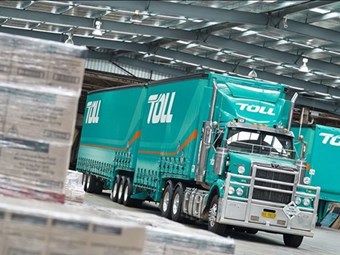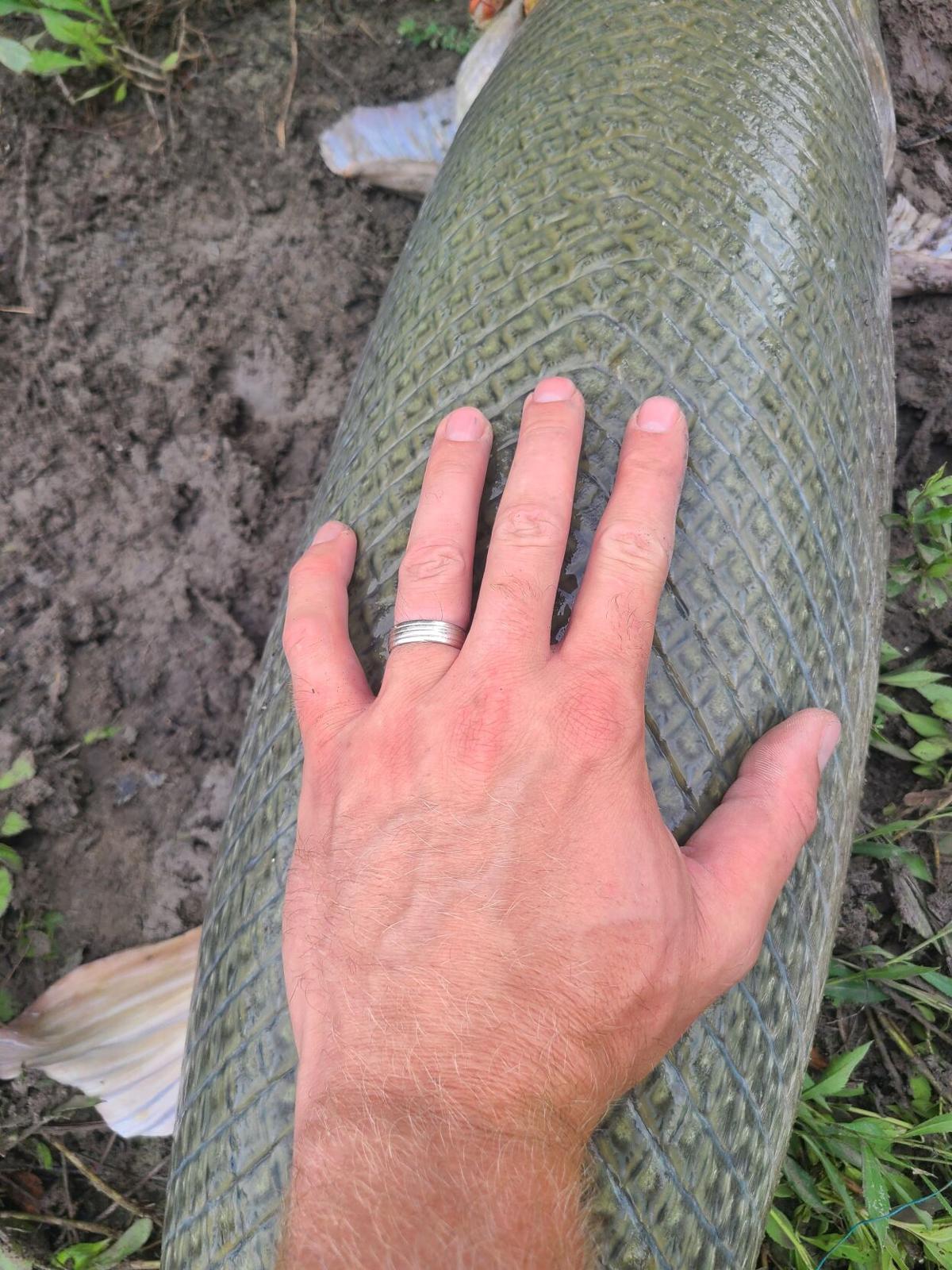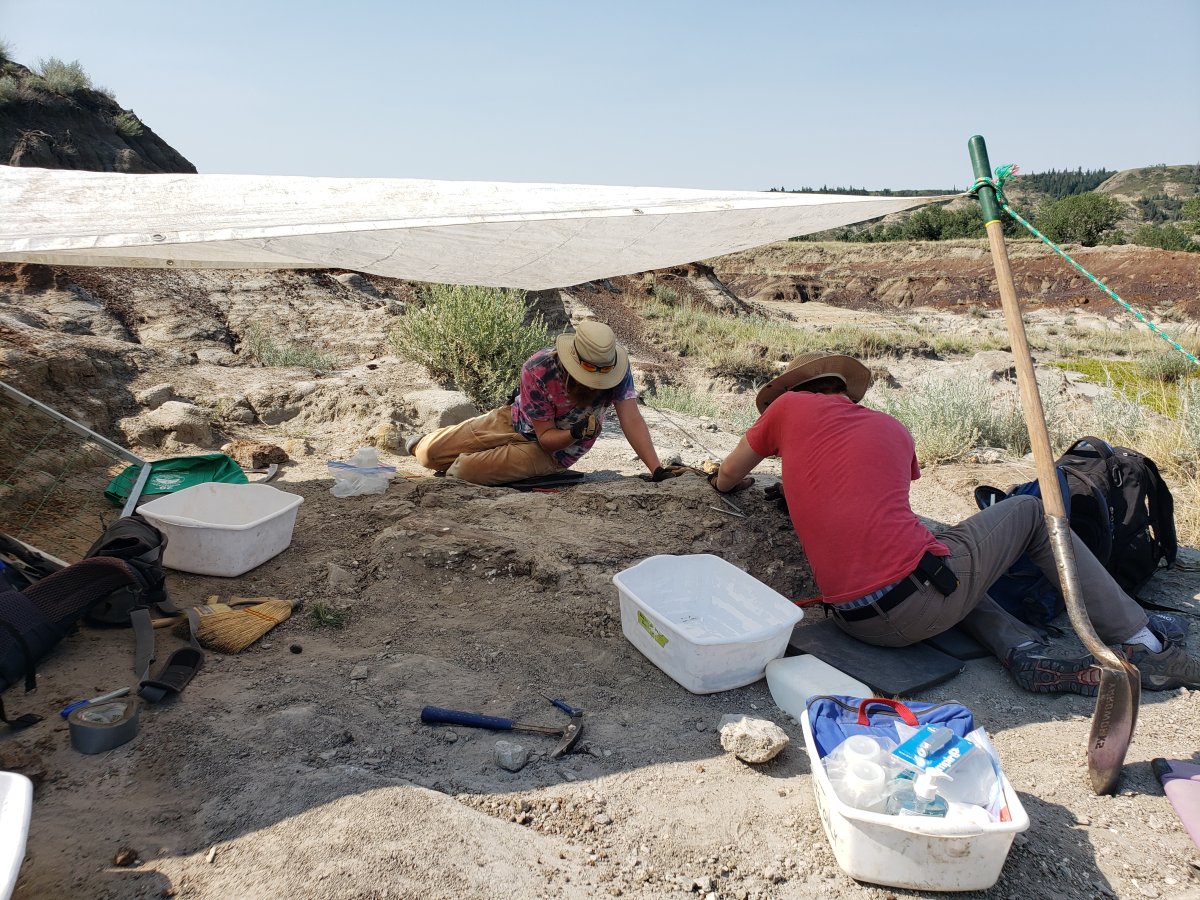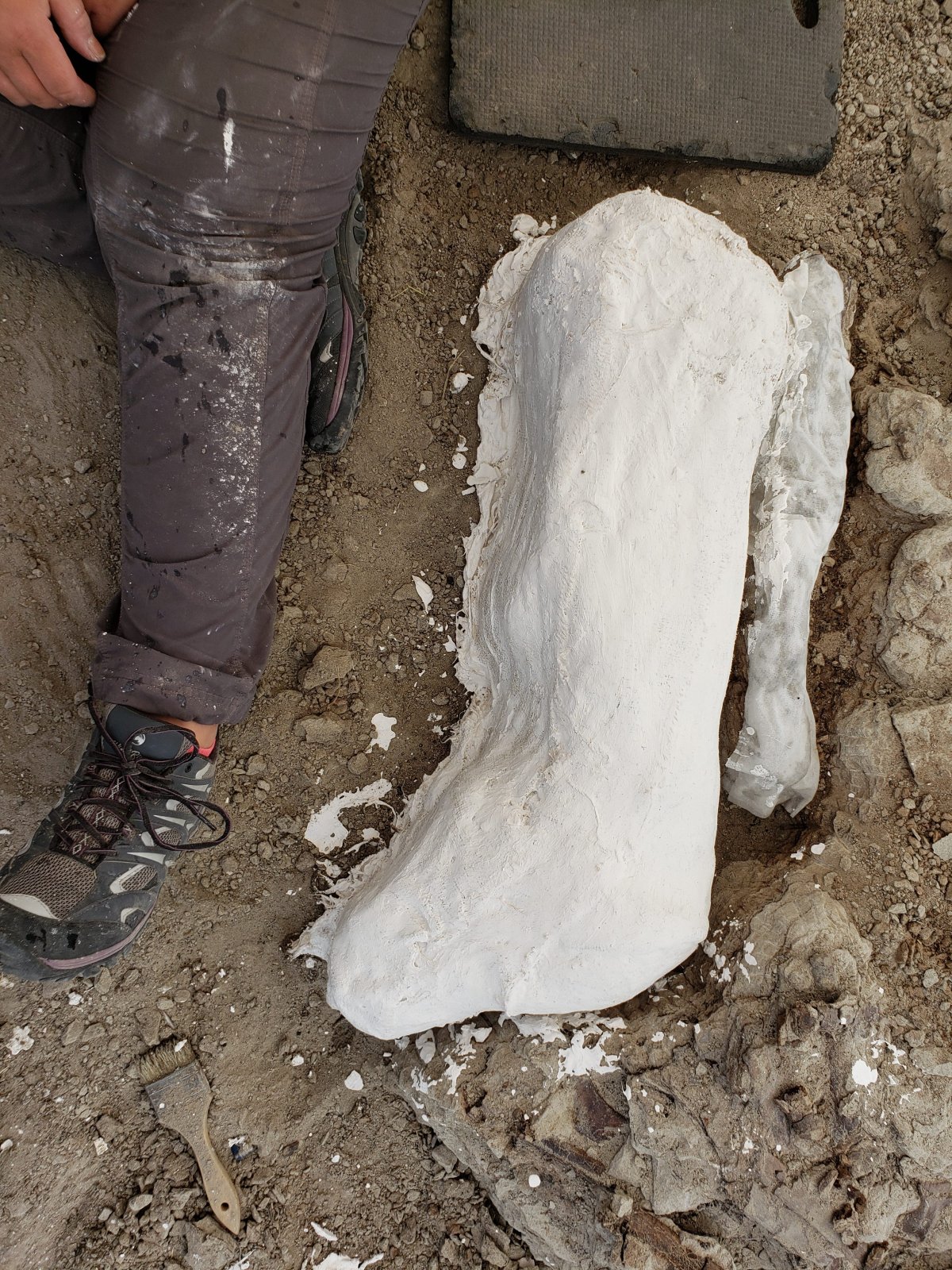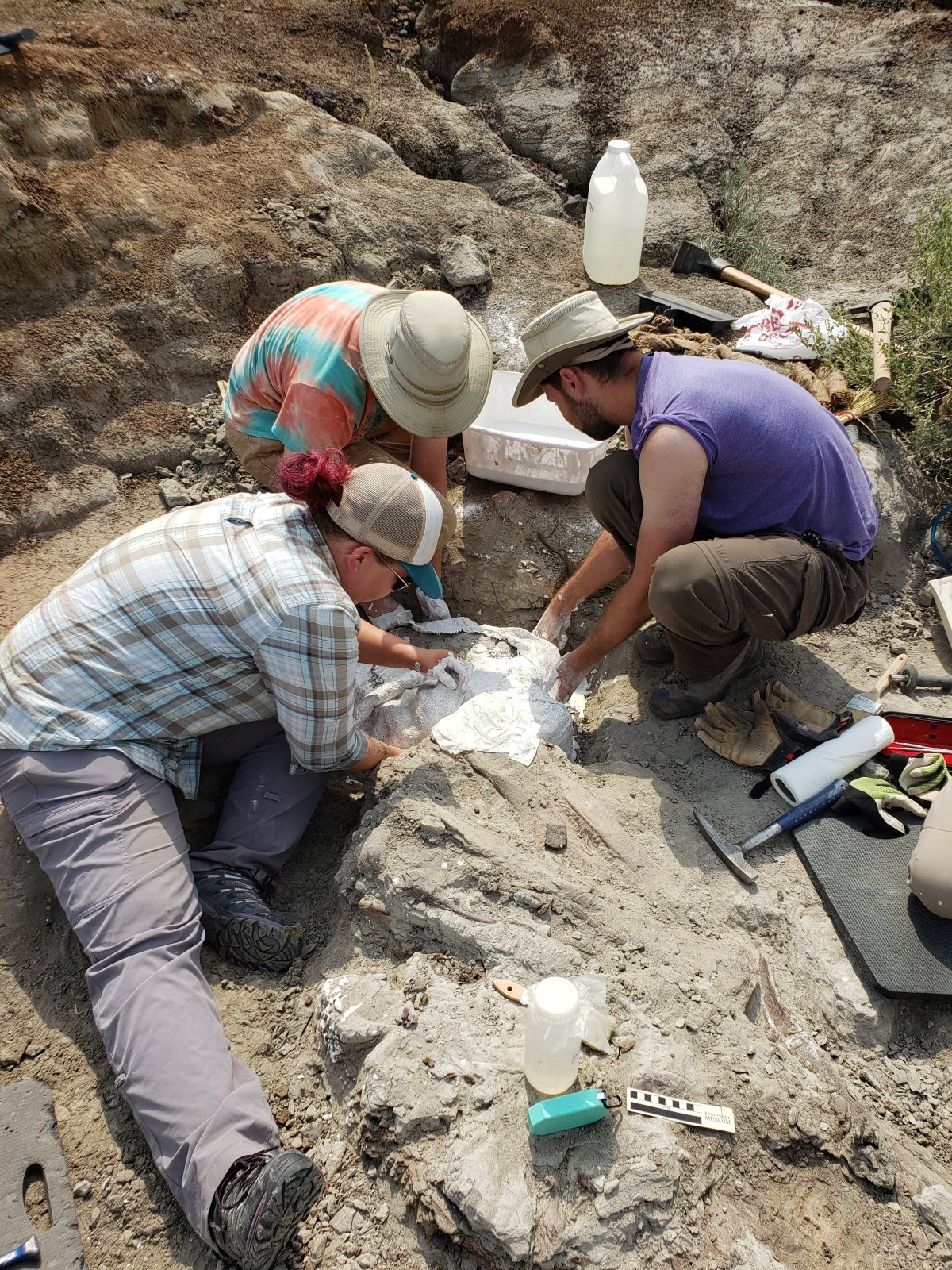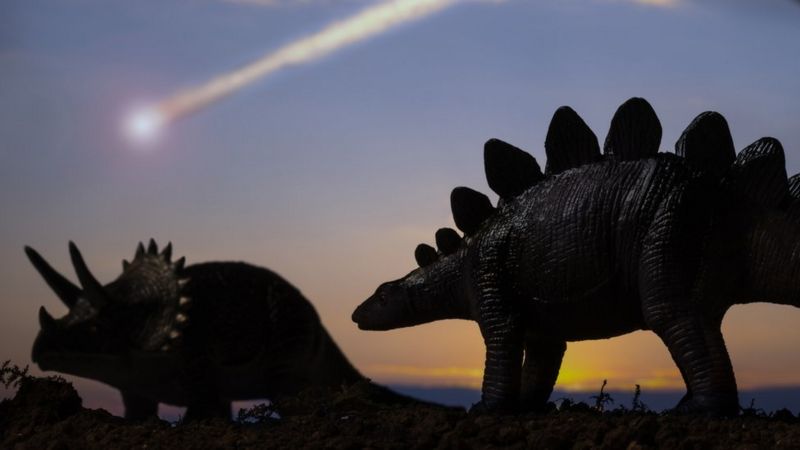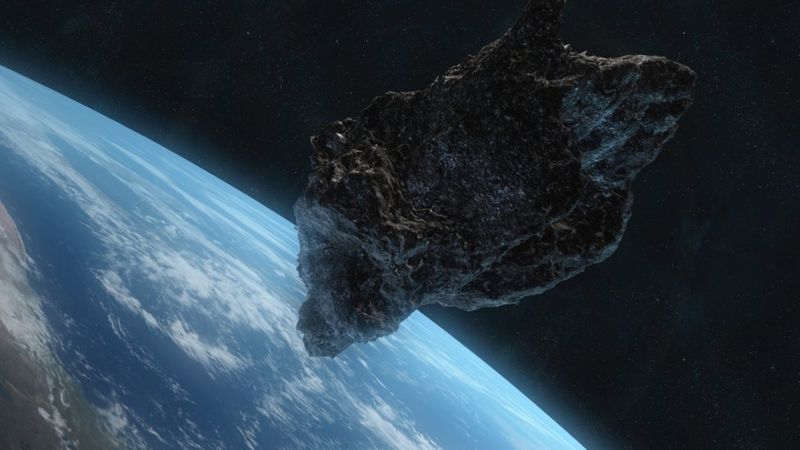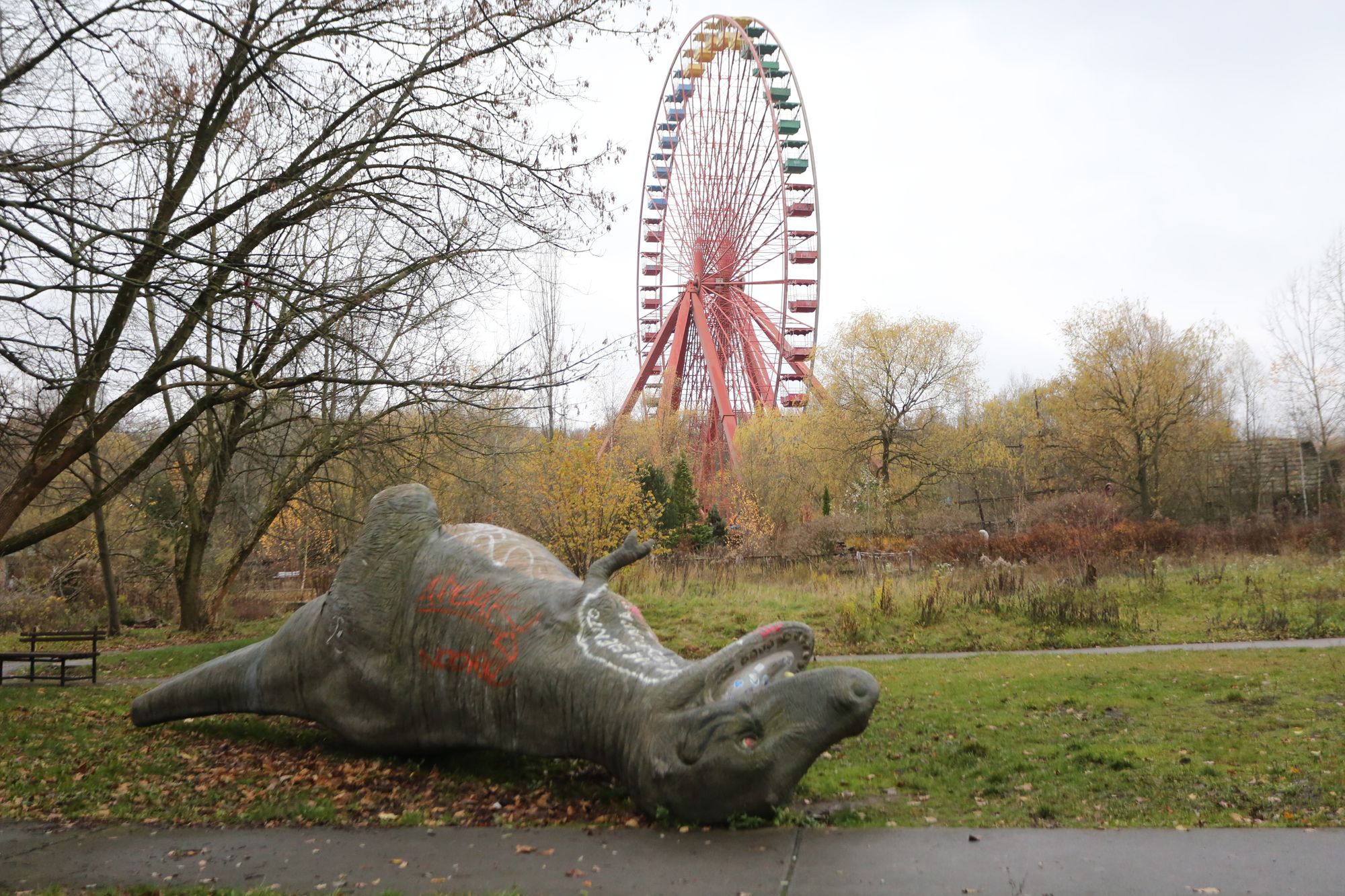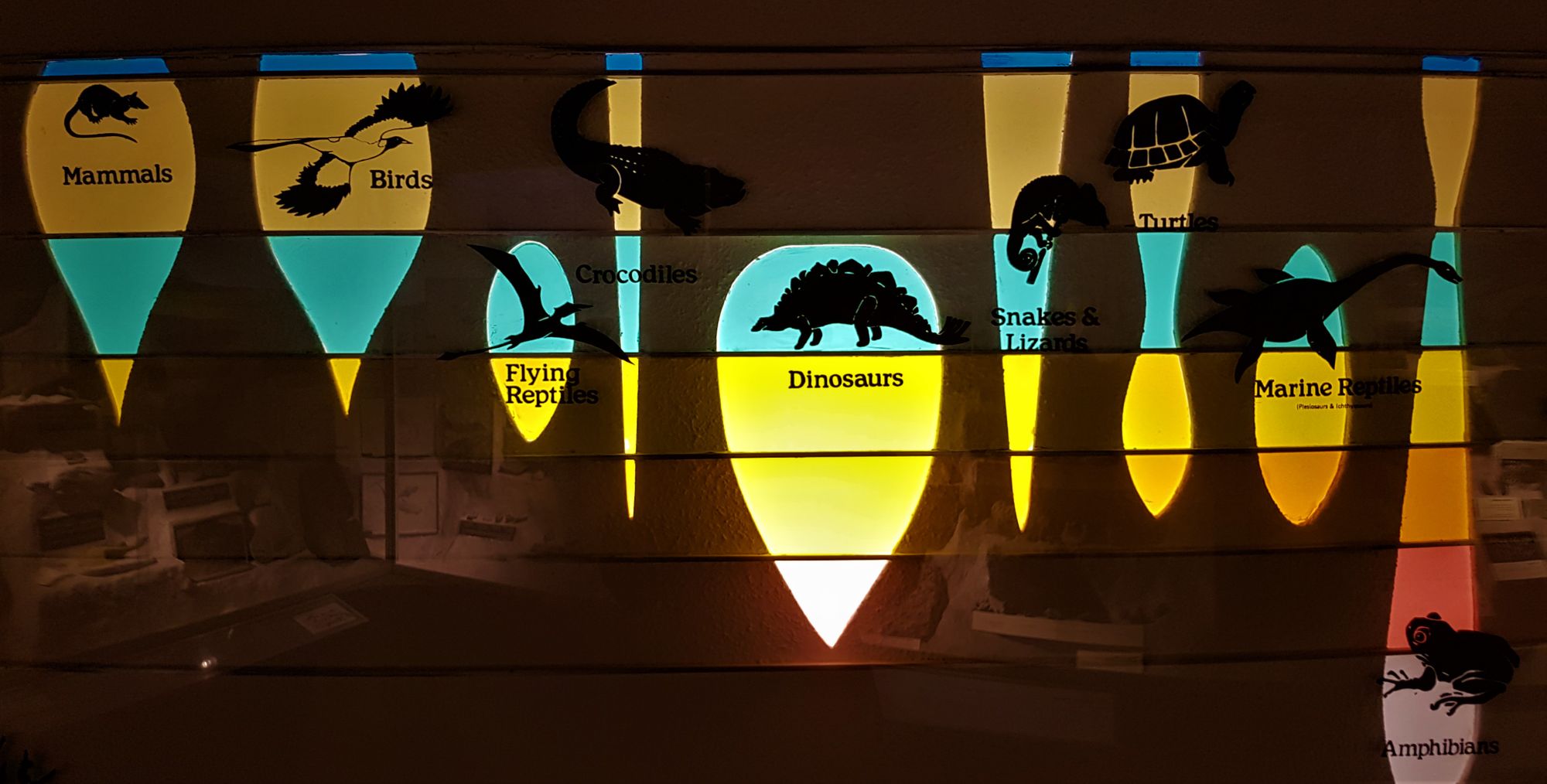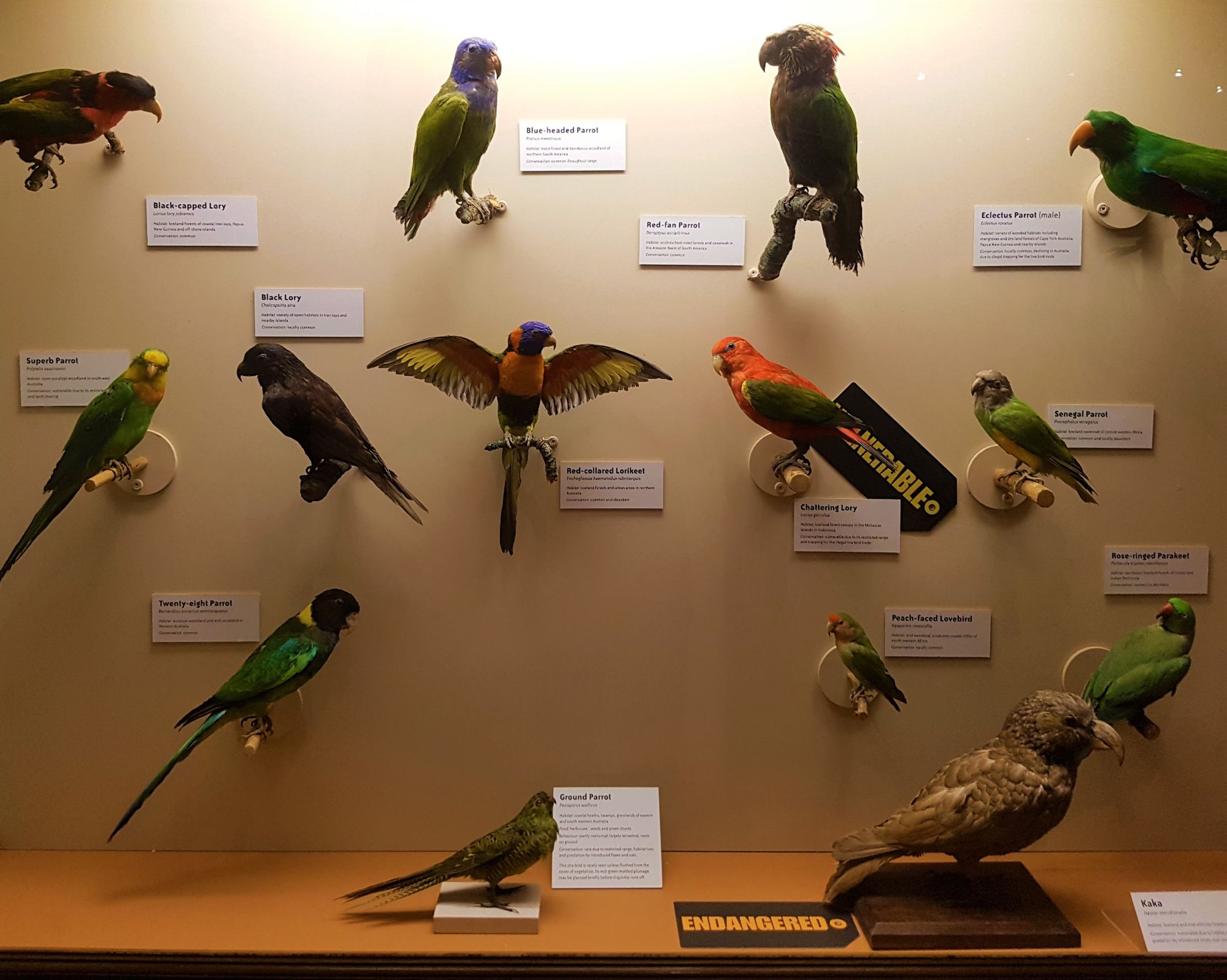NEWS PROVIDED BY Unifor
Aug 20, 2021, 12:33 ET
TORONTO, Aug. 20, 2021 /CNW/ - An overreaching injunction issued by Justice Fred Myers against Unifor members who are on strike and picketing at De Havilland Aircraft of Canada is an affront to workers' rights, says Canada's largest private sector union.
The injunction issued by the Ontario Superior Court on August 17, 2021 imposes conditions on union members that Unifor believes are extreme and unfair and orders an end to the union's protest activities.
"Justice Myers had a great deal of discretion yet chose to side with the interests of wealthy corporate owners over those of the community, the 700 workers and their families," said Jerry Dias, Unifor National President. “This injunction silences our members and stops workers from picketing peacefully against De Havilland.”
De Havilland workers have been on strike since August 1, 2021. The labour dispute concerns the future location of De Havilland's manufacturing of the Dash 8 program.
After the company bargained in bad faith, reneged on an agreement to continue negotiations, and began using scabs at the Downsview plant, the union launched a peaceful protest to pressure the company to commit that Dash 8 manufacturing would remain within a reasonable radius of the current Downsview site, if and when De Havilland resumes assembly of the Dash 8. Unifor members have been building the Dash 8 aircraft for nearly 40 years.
"To call this injunction an abomination is an understatement. This is a new low for workers' rights in this province," Dias added. "Limiting our members' picketing activities to just one person walking the line for sixty seconds every five minutes is preposterous and in my experience this has to be one of the worst injunctions I have seen."
"This injunction adds insult to injury. This dispute with De Havilland and its parent company Longview Aviation Capital can only be resolved at the bargaining table, not by the courts or police. Losing 700 good jobs in Ontario is on Judge Myer's head," said Dias.
The union continues to urge De Havilland to work with the union to save jobs and secure a new location for the Dash 8 platform to stop union members' jobs from leaving the province.
Unifor is Canada's largest union in the private sector and represents 315,000 workers in every major area of the economy. The union advocates for all working people and their rights, fights for equality and social justice in Canada and abroad, and strives to create progressive change for a better future.
SOURCE Unifor
For further information: For media inquiries, or to arrange Facetime, Zoom, Skype, phone, or in person interviews following the event, contact National Communications Representative David Molenhuis: David.Molenhuis@Unifor.org
Related Links
http://www.unifor.org
July 30, 2021


TORONTO — Unifor has reached a tentative agreement with Bombardier Aviation at its Downsview plant in north Toronto.
The union says locals 112 and 673 reached an agreement days after it launched a strike against the business jet manufacturer and De Havilland, which make Dash 8 turboprops at the facility.
The three-year agreement covers about 1,500 Bombardier employees.
Details of the settlement won’t be released until the deal is ratified during a vote to be conducted Saturday afternoon.
The union has said pensions, use of contractors and erosion of bargaining unit work were key issues at Bombardier, while the future of the Dash 8 program is the focus of talks with De Havilland.
Bombardier says it expects all will return to normal once the deal is ratified.
“Upon ratification, the mutually beneficial agreements will help secure the future of aerospace manufacturing in Toronto,” the company said in an email.
Unifor national president Jerry Dias says the union can now focus all of its efforts on reaching an agreement with De Havilland.
“Our membership gave us a strong mandate, after a difficult set of negotiations we have managed to reach a tentative agreement with Bombardier,” added local president Maryellen McIlmoyle, in a news release.
“We remain at the table determined to continue negotiations with De Havilland.”

